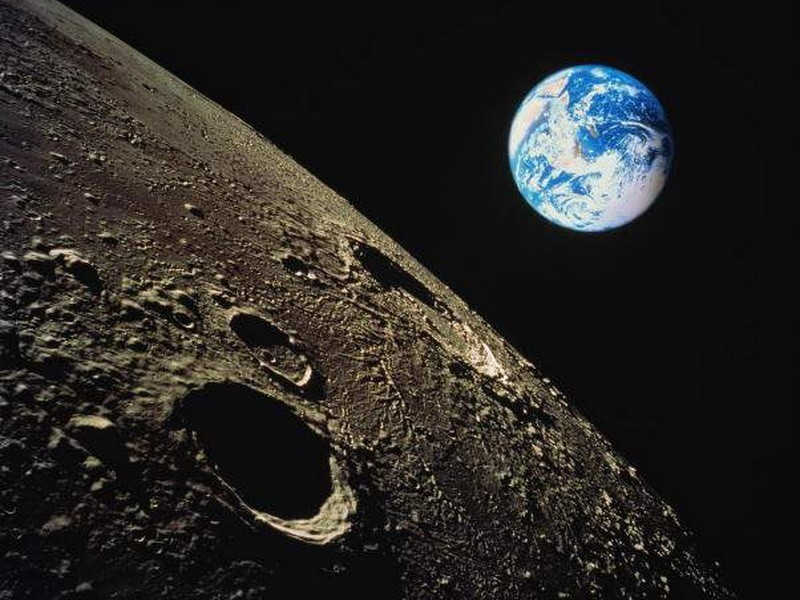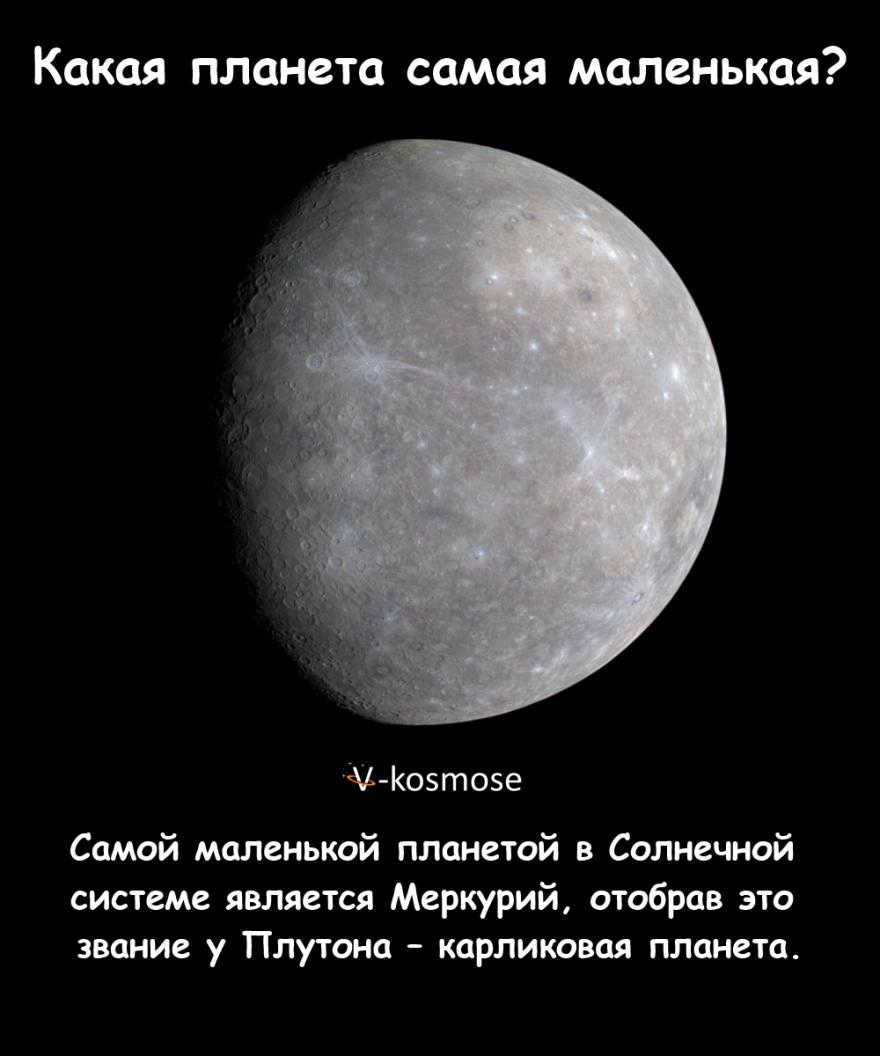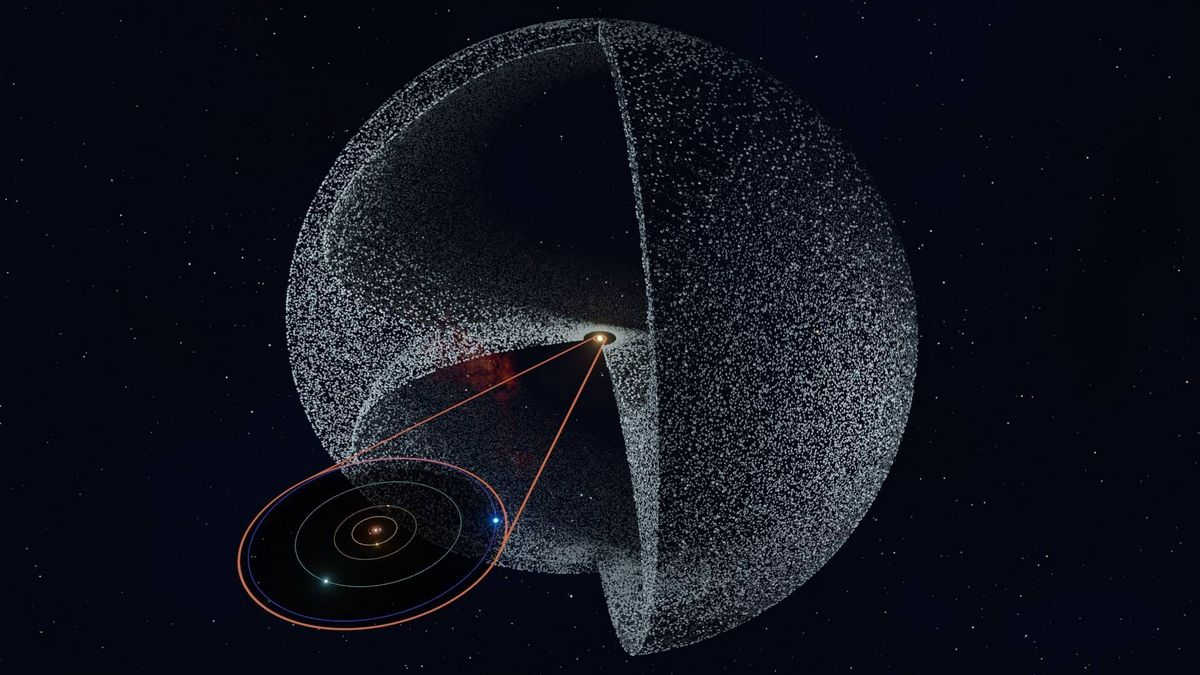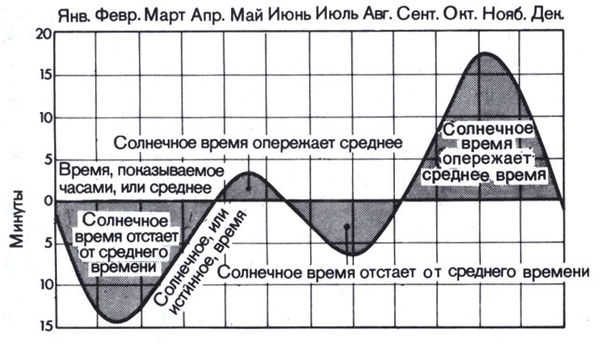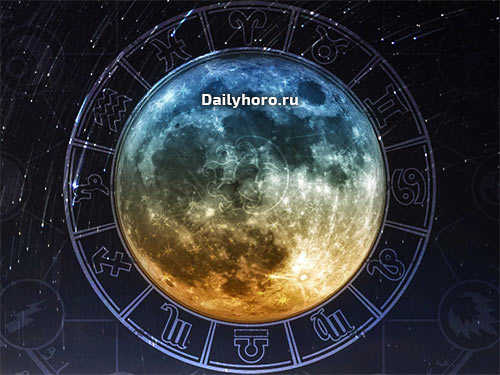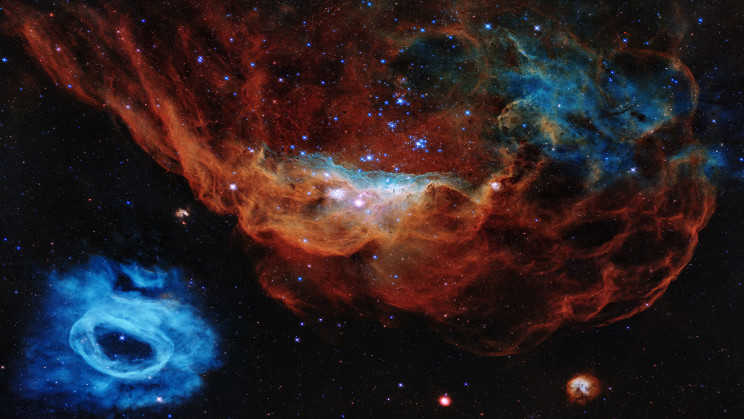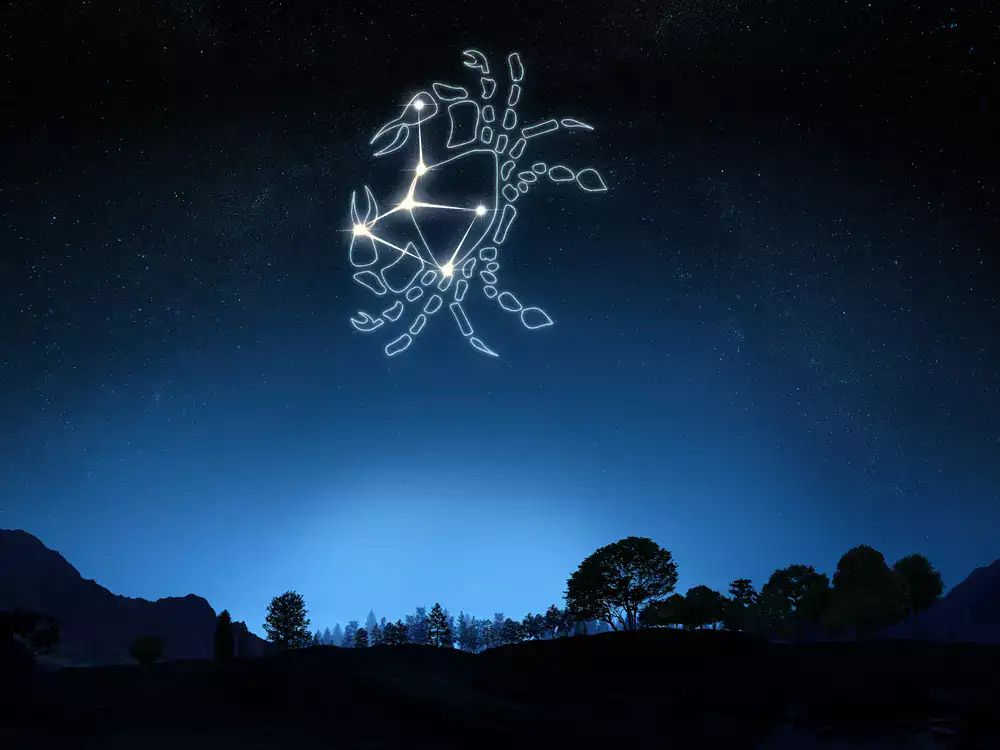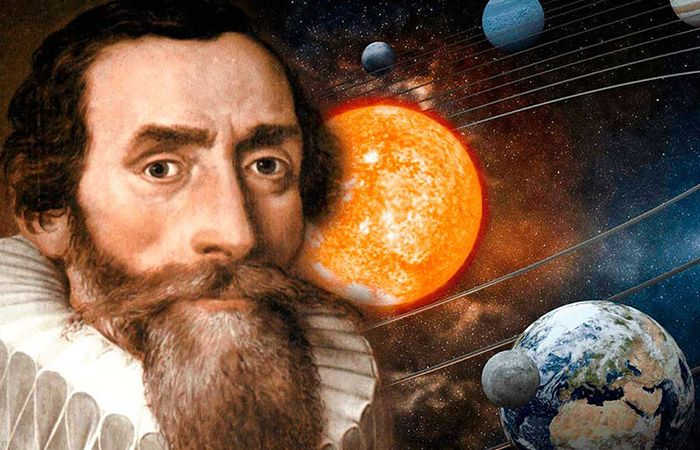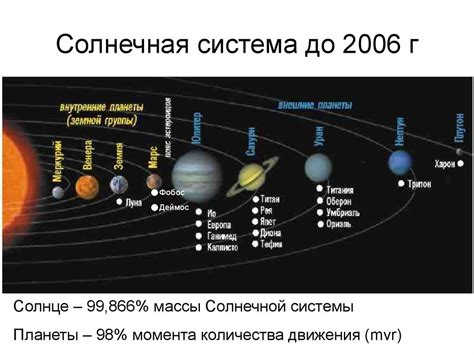
What is the order of our planet
Mercury is the first planet, Venus is the second planet, Earth is the third planet, and Mars is the fourth planet. Jupiter is the fifth planet, Saturn is the sixth planet, Uranus is the seventh planet, and Neptune is the eighth planet. Table of Contents: How many planets are there? How many planets are there…




